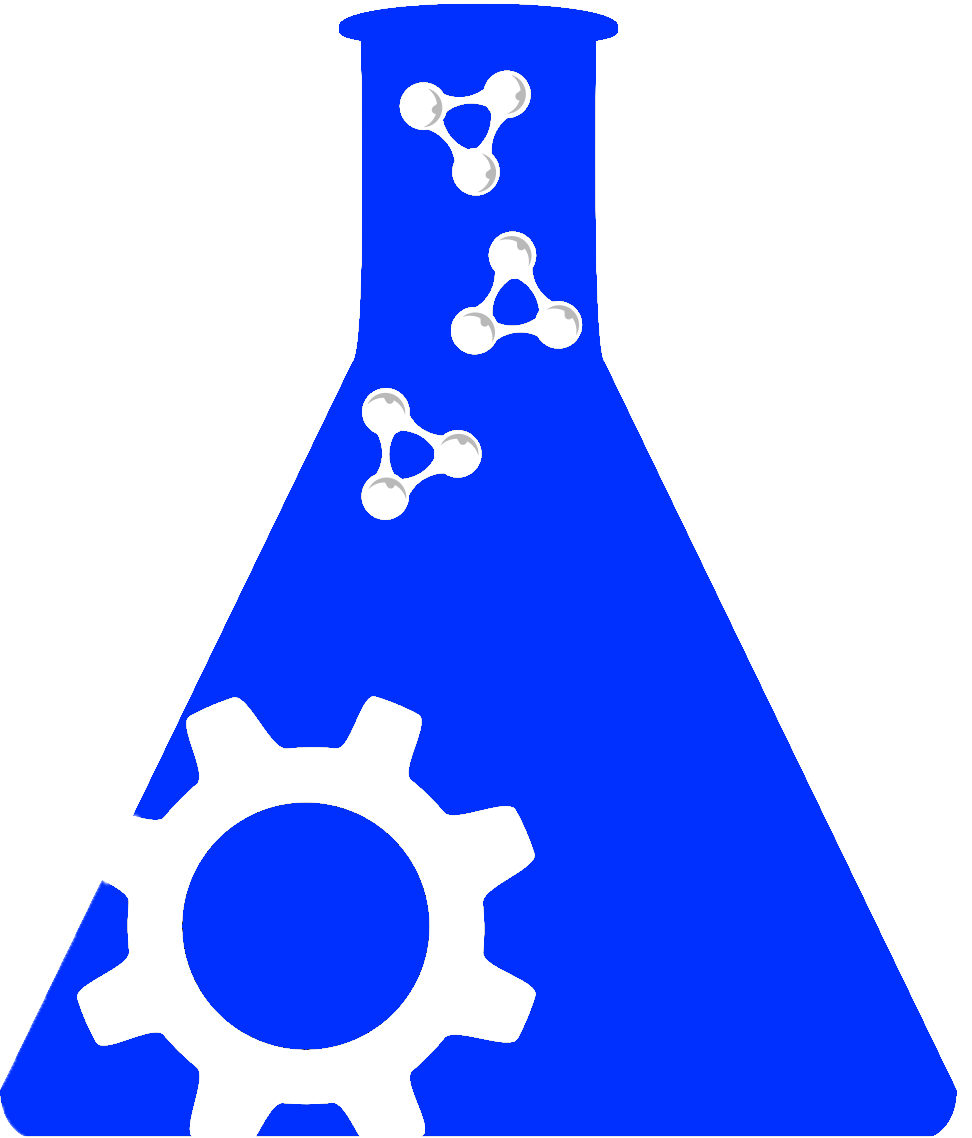Searching across hundreds of databases

Are you sure you want to leave this community? Leaving the community will revoke any permissions you have been granted in this community.
URL: http://www.ctalearning.com/
Proper Citation: Conditioned Taste Aversion: An Annotated Bibliography (RRID:SCR_005953)
Description: A searchable, keyword-indexed bibliography on conditioned taste aversion learning, the avoidance of fluids and foods previously associated with the aversive effects of a variety of drugs. The database includes articles as early as 1951, and papers just published given that the database is ongoing and constantly updated. In the mid 1950''s, John Garcia and his colleagues at the Radiological Defense Laboratory at Hunters Point in San Francisco assessed the effects of ionizing radiation on a myriad of behaviors in the laboratory rat. One of their behavioral findings was that radiated rats avoided consumption of solutions that had been present during radiation, presumably due to the association of the taste of the solution with the aversive effects of the radiation. These results were published in Science and introduced to the literature the phenomenon of conditioned taste aversion learning (or the Garcia Effect). Subsequently, Garcia and his colleagues demonstrated that such learning appeared unique in a number of respects, including the fact that these aversions were acquired often in a single conditioning trial, selectively to gustatory stimuli and even when long delays were imposed between access to the solution and administration of the aversive agent. Together, these unique characteristics appeared to violate the basic tenets of traditional learning theory and along with a number of other behavioral phenomena (e.g., bird song learning, species-specific defense reactions, tonic immobility and schedule-induced polydipsia) introduced the concept of biological constraints on learning that forced a reconceptualization of the role evolution played in the acquisition of behavior (Garcia and Ervin, 1968; Revusky and Garcia, 1970; Rozin and Kalat, 1971). Although the initial investigations into conditioned taste aversion learning focused on these biological and evolutionary issues and their relation to learning, research in this area soon assessed the basic generality of the phenomenon, specifically, under what conditions such learning did or did not occur. With such research, a wide variety of gustatory stimuli were reported as effective conditioned stimuli and an extensive list of drugs with diverse consequences were reported as effective aversion-inducing agents. Aversions were established in a range of strains and species and under many experimental conditions. Research in this area continues to extend the conditions under which such learning occurs and to demonstrate its biological, neurochemical and anatomical substrates. Although the conditions under which aversion learning are reported to occur appear to generalize from the specific conditions under which they were originally reported, a number of factors including sex, age, training and testing procedures, deprivation level and drug history, all affect the rate of its acquisition and its terminal strength (Riley, 1998). In addition to these experimental demonstrations and assessments of generality, research on conditioned taste aversions has expanded to include investigations into its research and clinical applications (Braveman and Bronstein, 1985). In so doing, taste aversion learning has been applied to the characterization and classification of drug toxicity, the demonstration of the stimulus properties of abused drugs, the management of wildlife predation, the assessment of the etiology and treatment of cancer anorexia, the study of the biochemistry and molecular biology of learning, the etiology and control of alcohol use and abuse, the receptor characterization of the motivational effects of drugs, the occurrence of drug interactions, the characterization of drug withdrawal, the determination of taste psychophysics, the treatment of autoimmune diseases and the evaluation of the role of malaise in drug-induced satiety and drug-induced behavioral deficits. The speed with which aversions are acquired and the relative robustness of this preparation have made conditioned taste aversion learning a widely used, highly replicable and sensitive tool. In 1976, we published the first of three bibliographies on conditioned taste aversion learning. In this initial publication (see Riley and Baril, 1976), we listed and annotated 403 papers in this field. Subsequent lists published in 1977 (Riley and Clarke, 1977) and 1985 (Riley and Tuck, 1985) listed 632 and 1373 papers, respectively. Since that time, we have maintained a bibliography on taste aversion learning utilizing a variety of journal and on-line searches as well as benefiting from the generous contribution of preprints, reprints and pdf files from many colleagues. To date, the number of papers on conditioned taste aversion learning is approaching 3000. The present database lists these papers and provides a mechanism for searching the articles according to a number of search functions. Specifically, it was constructed to provide the reader access to these articles via a variety of search terms, including Author(s), Key Words, Date, Article Title and Journal. One can search for single or multiple items within any specific category. Further, one can search a single or combination of categories. The database is constantly being updated, and any feedback and suggestions are welcome and can be sent to CTALearning (at) american.edu.
Abbreviations: CTA
Synonyms: Conditioned Taste Aversion, Conditioned Taste Aversion Bibliography
Resource Type: database, bibliography, data or information resource
Defining Citation: PMID:15006479
Keywords: taste aversion, learning, drug, aversive effect, literature, research, association, article, conditioned taste aversion, food avoidance
Expand Allhas parent organization |
We found {{ ctrl2.mentions.total_count }} mentions in open access literature.
We have not found any literature mentions for this resource.
We are searching literature mentions for this resource.
Most recent articles:
{{ mention._source.dc.creators[0].familyName }} {{ mention._source.dc.creators[0].initials }}, et al. ({{ mention._source.dc.publicationYear }}) {{ mention._source.dc.title }} {{ mention._source.dc.publishers[0].name }}, {{ mention._source.dc.publishers[0].volume }}({{ mention._source.dc.publishers[0].issue }}), {{ mention._source.dc.publishers[0].pagination }}. (PMID:{{ mention._id.replace('PMID:', '') }})
A list of researchers who have used the resource and an author search tool

A list of researchers who have used the resource and an author search tool. This is available for resources that have literature mentions.
No rating or validation information has been found for Conditioned Taste Aversion: An Annotated Bibliography.
No alerts have been found for Conditioned Taste Aversion: An Annotated Bibliography.
Source: SciCrunch Registry